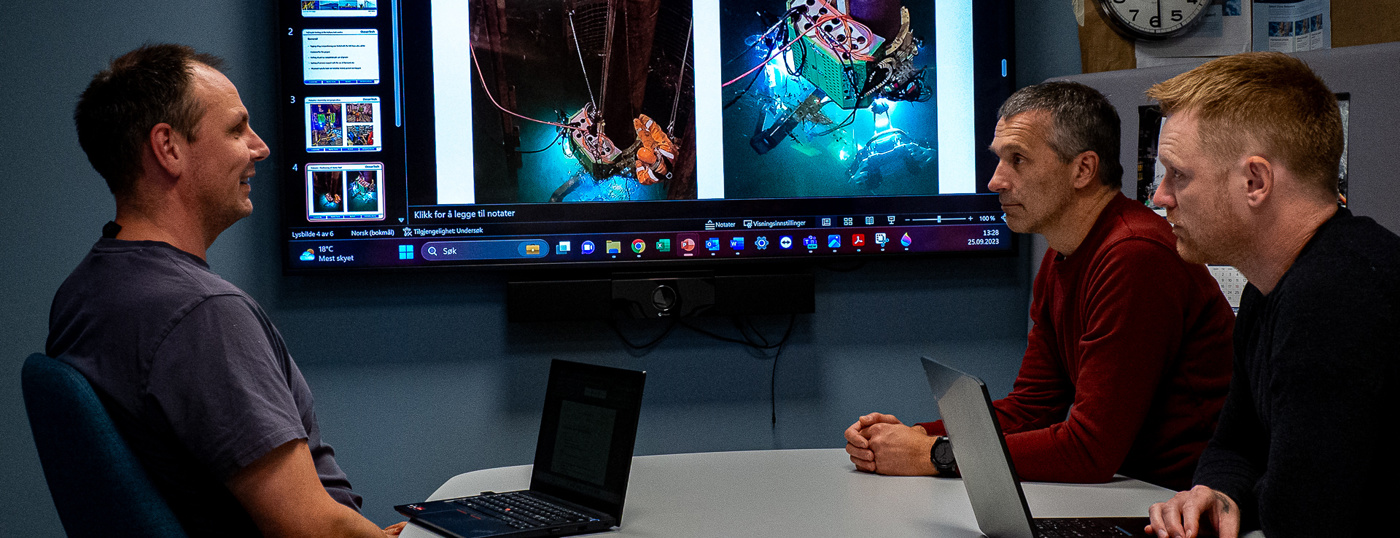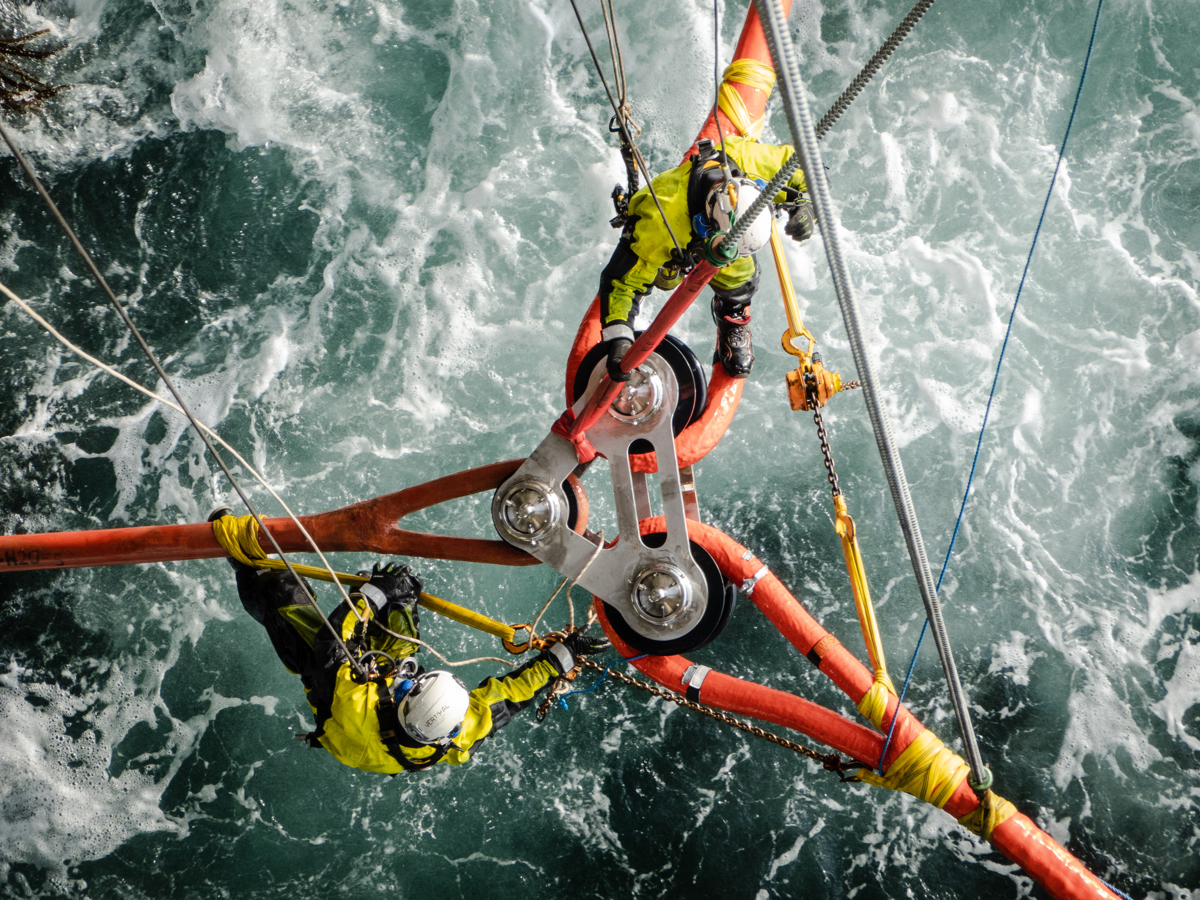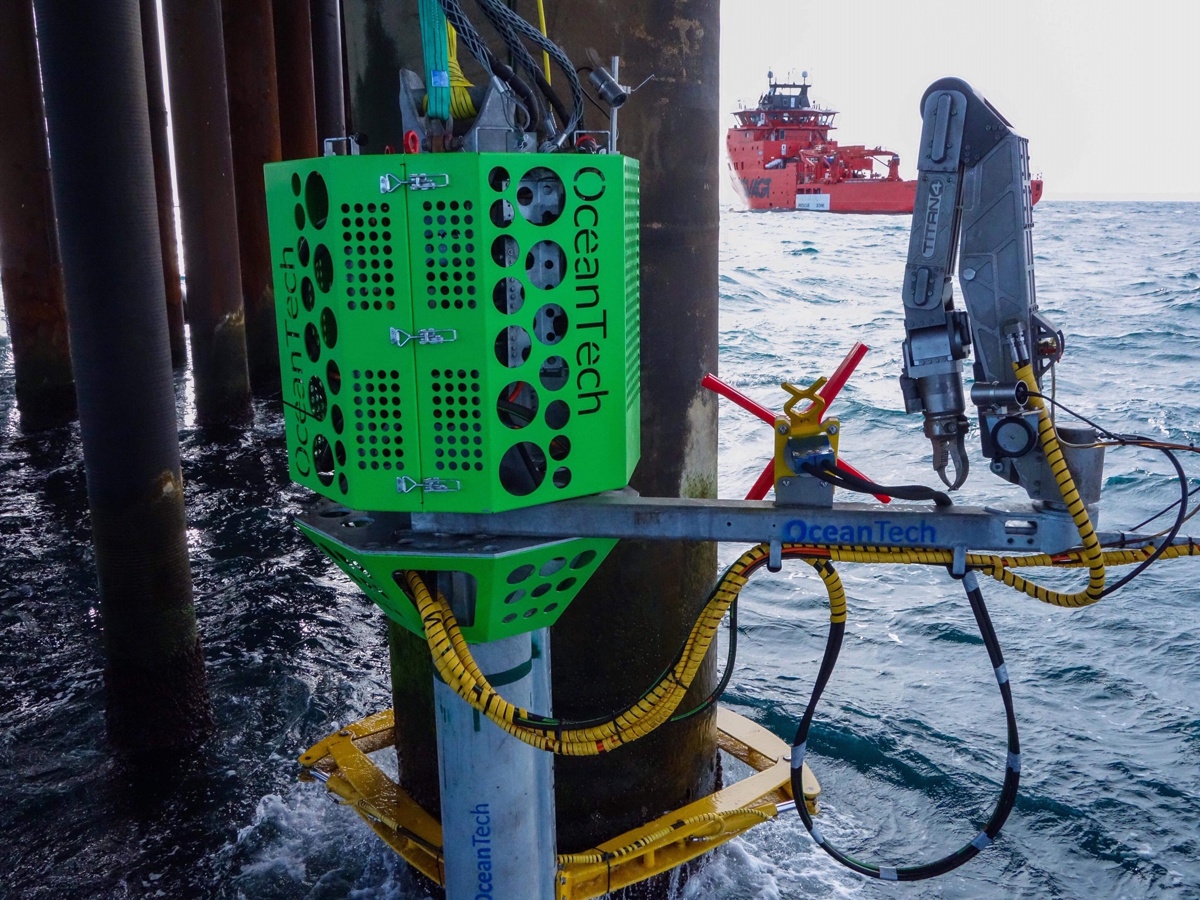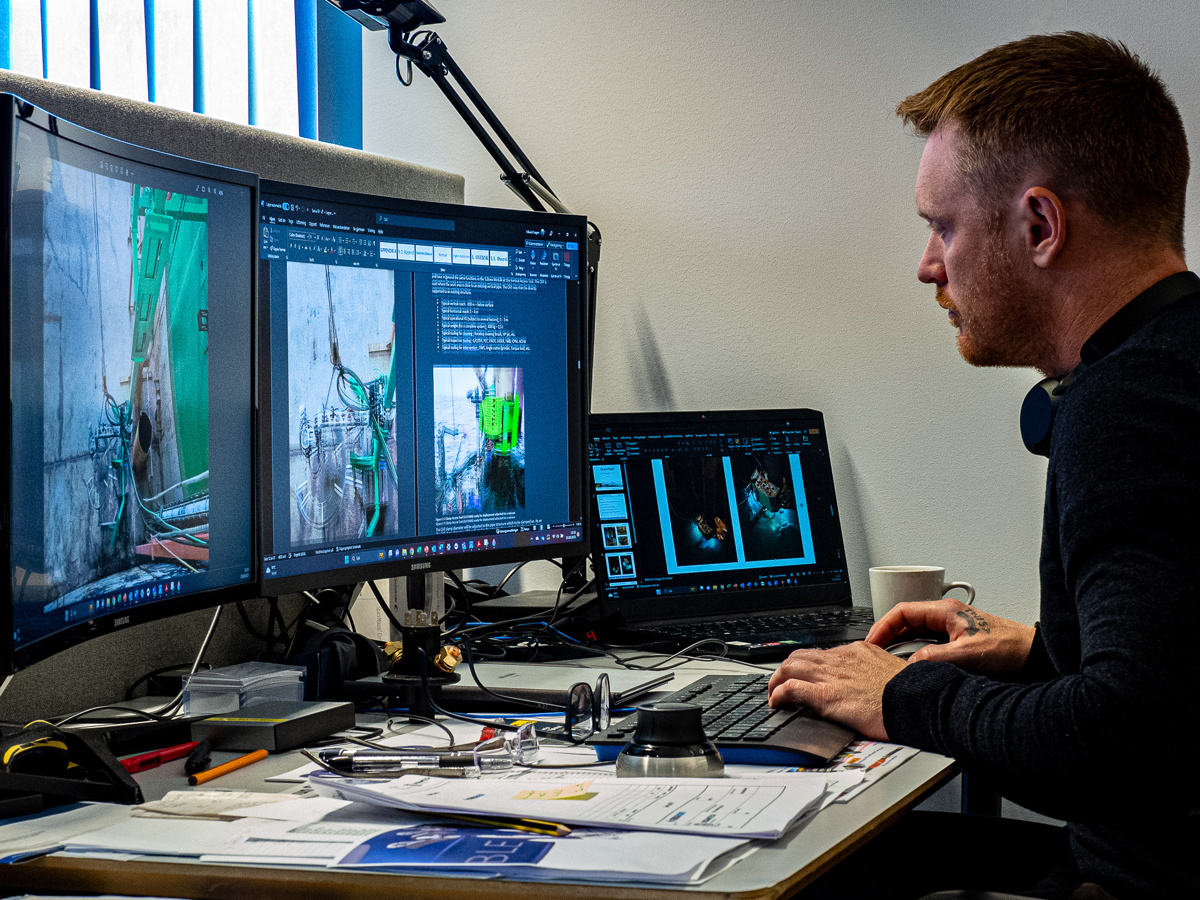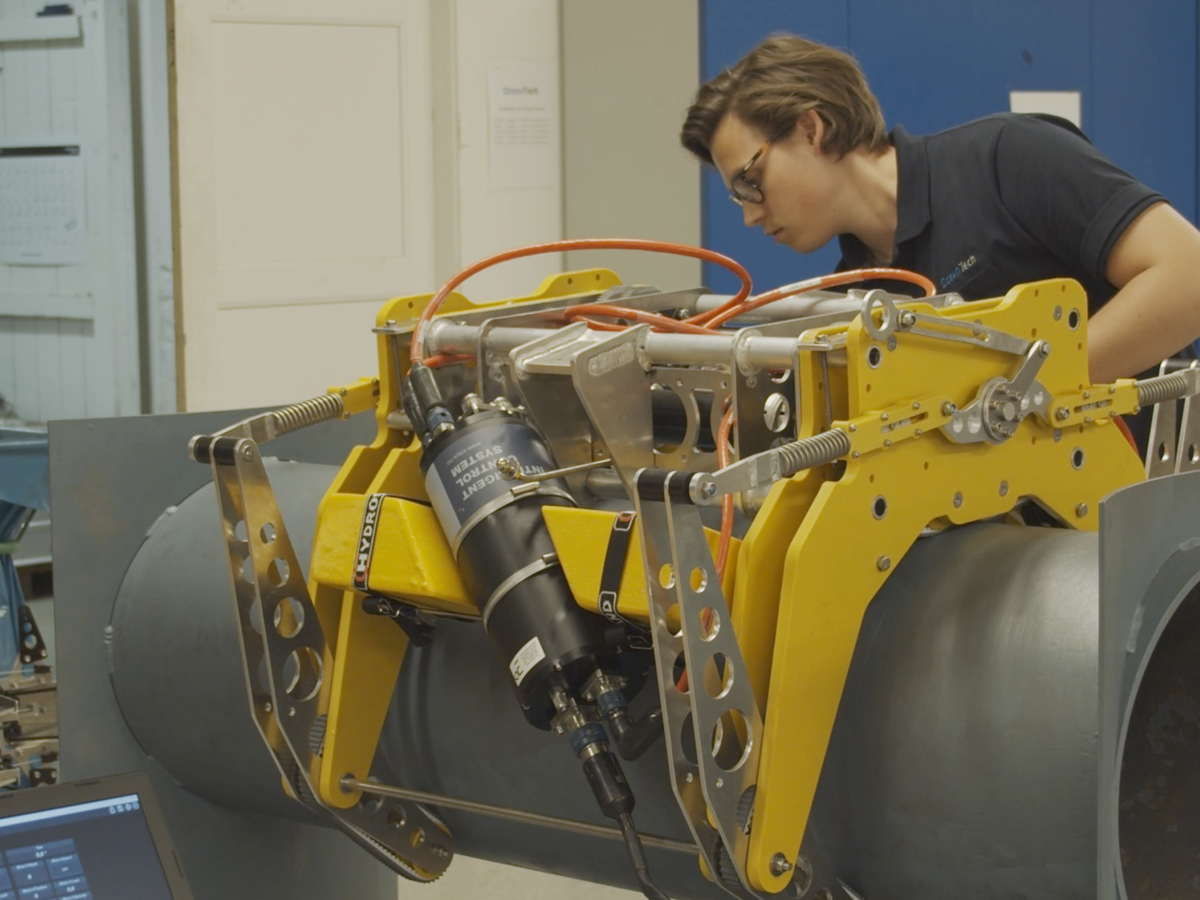OceanTech’s solutions are like LEGO: proven, modular building blocks that integrate with customised components. Our approach, combined with the adaptability of our technology to diverse materials, geometries, and surface conditions, allows our access robots and tools to connect to any asset or structure.
While modifying or tailoring equipment packages can take three to six months, the benefits of engaging our design and engineering teams in the planning phase far outweigh the time investment. By involving us from the outset, we can conduct feasibility studies, refine access methods, optimise equipment and tools for your installation, and thoroughly test techniques and equipment under realistic conditions at our Subsea Test Centre in Trondheim.
For offshore operators, this translates to an optimal problem-solution fit, seamless execution with minimal handovers, and significant time and cost savings overall.
An optimal problem-solution fit
A project timeline typically comprises six phases: design and engineering, training and testing, equipment packing and transportation, offshore setup and execution, dismantling, and reporting. These phases are interlinked, with each preceding phase having direct implications for the next.
Several engineering firms provide components like underwater clamps, anode systems, protective coatings, and hydraulic tools. However, we sometimes face challenges when these components are not designed to withstand the harsh conditions of the splash zone. In some cases, there is also a mismatch between the components and the required installation method. For example, some components may be designed for
ROV installation, which is often impractical or infeasible in the splash zone.
Engaging a turnkey provider like OceanTech can help eliminate these issues. With over 20 years of experience in managing splash zone operations, we offer proven expertise to guarantee success. By involving us in the design and engineering phase, we ensure compatibility with our robotic system interfaces, and customise equipment packages to meet the specific needs of each installation and task.
Seamless execution offshore
At OceanTech, we prioritise close collaboration with our clients, fostering clear communication and addressing engineering challenges. Close collaboration in the design and engineering phase lays the foundation for efficient offshore execution, enabling smooth coordination, minimal disruptions, and timely task completion.
Minimising handovers is crucial to avoid the loss of vital information. We recommend that our clients engage our core team through all project phases to maintain consistency and accountability. Deviating from the overall plan or involving unfamiliar parties can create significant issues—even minor mistakes can lead to major safety or cost implications. In our opinion, successful execution relies on a dedicated core team managing the project from start to finish.
Stakeholder alignment is another key factor. All relevant stakeholders should be well-informed and actively involved in decision-making at each stage. Direct communication ensures that everyone is aligned before moving forward, both onshore during preparations and offshore during execution. This inclusive approach prevents misalignment and allows for transparent, effective decision-making.
By minimising handovers and involving all key stakeholders from the planning phase onward, we help ensure the successful execution of splash zone projects.
Significant cost savings
Getting it right the first time, combined with close collaboration throughout projects, often results in significant time and cost savings. Our robotic solutions contribute further to these efficiencies. All our splash zone solutions are specifically designed to eliminate the need for divers, ROVs, or support vessels.
Support vessels are among the most significant expenses in offshore operations, with daily hire rates ranging from tens of thousands to hundreds of thousands of dollars, depending on the operation's scope and duration. Additionally, they consume substantial amounts of fuel and require skilled crews, further driving up costs. Weather delays and other factors can also disrupt schedules, leading to costly project downtime.
Once our robotic solutions are deployed in the splash zone, we can perform cleaning, inspections, repair work, and modification services in wave heights up to 3 metres (Hs). The fact that we are able to work in these conditions provides us with a longer weather window than what is common using conventional methods.
In summary, not requiring support vessels can lead to cost savings by eliminating vessel hire and associated operational costs, reducing the number of personnel needed, minimising downtime, and improving overall operational efficiency.
